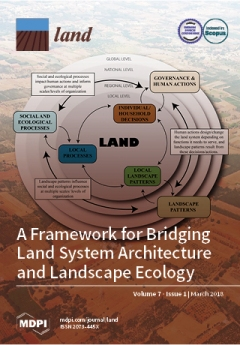Implementing National Action Programmes - the Moroccan example
Morocco is one of the African countries in which implementation of the UNCCD has progressed the furthest. In the Moroccan National Action Programme, integrated rural development, poverty reduction, drought mitigation and conservation of natural resources are the four cornerstones of effective desertification control.The country has succeeded in building up strong partnerships with most of its bilateral and multilateral development partners.



